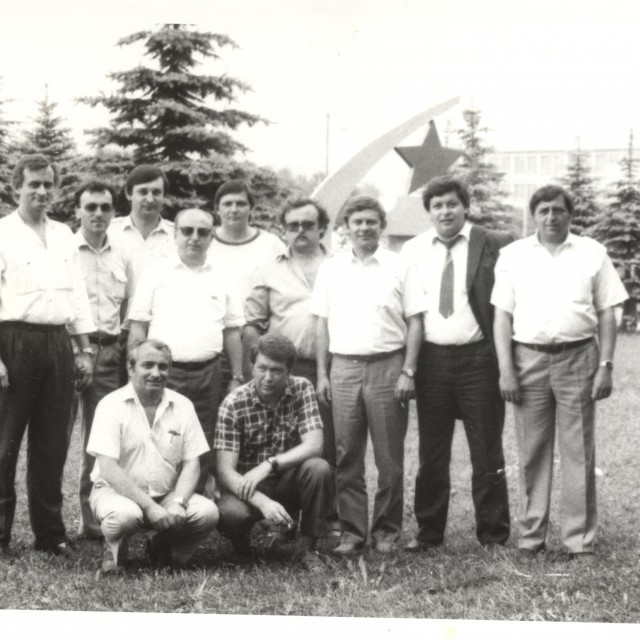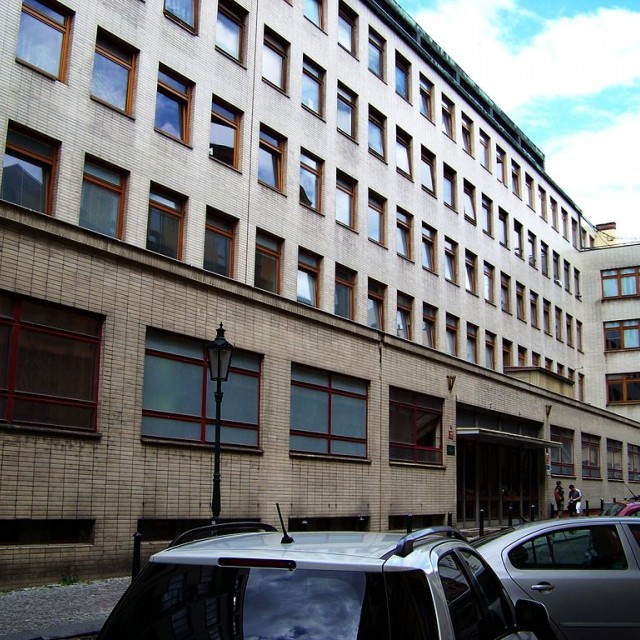StB was secret political police intended for hazing
The State Security was established after the World War II as part of the restored Czechoslovakia’s security forces. It gradually got under the influence of the Communist Party and after the February 1948 coup it became an integral part of the newly installed communist totalitarian regime’s repressive apparatus. Its primary task was to gather information and act against persons whom it considered a threat to the state. After February 1948, the StB recruited many new members – the worker cadres. It had around 13,000 full-time employees by 1954. The StB had 75,000 secret collaborators in the mid-1980s. According to historians, it tracked and monitored almost 100,000 due to suspicion of what was referred to as the “anti-state activity”. In the late 1980s when the StB was directed by the feared Deputy Minister of the Interior Alojz Lorenc the military counter-intelligence had 969 members, the HQ had 1,575 and 1,292 confidents, and the regional directorates of the StB had 7,200 agents and 7,300 confidents and used 794 conspiracy and 538 temporary flats. When the StB was abolished in the spring of 1990, 469 out of the total 643 people were put in reserve from the II. Directorate – the “political police”. The democratic regime sentenced the former three top officials in October 1992. Alojz Lorenc was sentenced to four years of imprisonment, the former Head of the Main Counterintelligence Directorate Karel Vykypěl to three and half years, and the former Minister of the Interior František Kincl to three years. Lorenc as a Slovak national never served his sentence; his prosecution in Slovakia was stopped after the split of Czechoslovakia. This was allegedly due to the hesitation on the Czech side which, however, denies this. Slovak courts sentenced him to 15 months suspended in 2000. He later worked for the Žabka retail chain and for the Penta investment group. StB officers managed to shred a great part of the ‘live’ files – the documents regarding the pending proceedings – between the autumn of 1989 and the spring of 1990. In the sound clip, you are hearing former StB officer Jaromír Ulč who served in the 1980s until the abolition of the StB. He speaks about the methods he used.
Hodnocení
Hodnotilo 0 lidí
Routes
Not a part of any route.
Comments
No comments yet.










